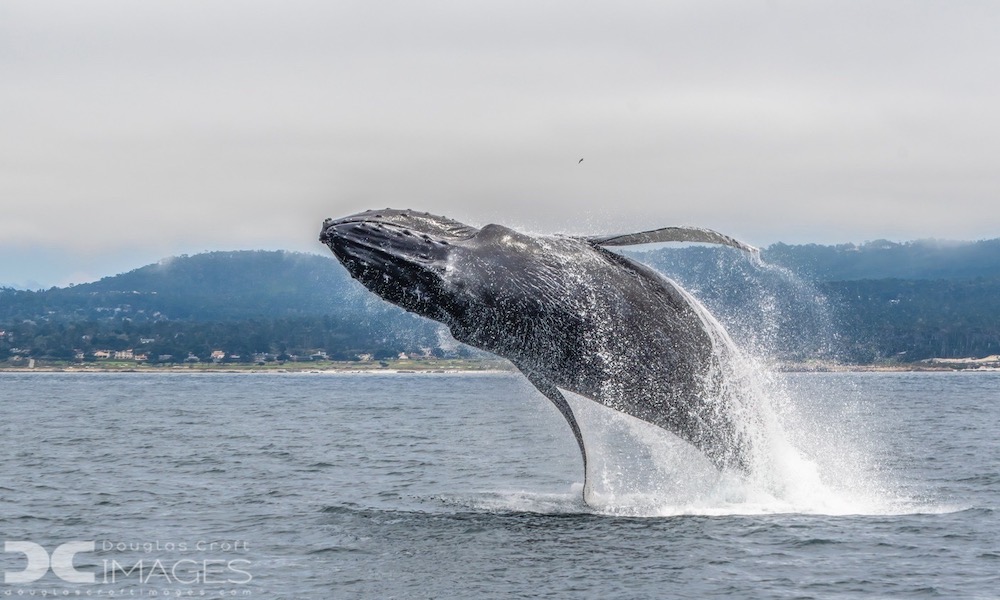**Author’s note: It’s hoped that this story, which contains graphic footage, will raise awareness to the danger posed to whales and other marine creatures by large ships.
An adult female humpback whale nicknamed Fran, described by a prominent researcher as “the most popular whale in California,” has been killed by an apparent ship strike.
The 49-foot whale, who leaves behind a female calf with an uncertain future, washed ashore Sunday in Half Moon Bay.
A necropsy performed by the Marine Mammal Center and the California Academy of Sciences confirmed that Fran’s injuries – including a dislocated scull and fractured vertebra – were consistent with a ship strike.
The Associated Press on Monday, before the cause of death was confirmed, reported that Fran would become the fifth whale killed by a ship strike off Bay Area waters this year.
According to Happywhale, a website that identifies and tracks whales based on photo identification and input from citizen scientists, Fran was born in early 2005.
She migrated between summer feeding grounds off Monterey and winter breeding grounds beyond the Mexican state of Guerrero. She had a previous calf that did not survive the migration from Mexico to California.
Fran was named by Ferd Bergholz, though the Oceanic Society, in honor of his late wife, who lost a battle with cancer.
Bergholz late Monday wrote on Facebook: “I am very sad to report that “Fran,” the Humpback Whale that I named after my late wife Fran, was the victim of a ship strike and washed up on a beach in Half Moon Bay.
“There is no word yet about the calf she had this year. They were together in Monterey Bay a couple of months ago. A Very Sad Day.”
Whales of Guerrero, run by researcher Katherina Audley, added that Fran breached in front of Fred’s whale-watching boat on his wife’s birthday a year after she died.
Audley wrote on Facebook: “When we get to know our whales as individuals like this, their deaths affect us so much more profoundly and the good part of this is that we care more about their health.”
Happywhale, run by researcher Ted Cheesman, recorded 277 sightings of Fran before announcing her passing Monday on its website: “She was the most popular whale in California, encountered by many in Monterey Bay until her death from a ship strike in August of 2022.”
If there’s a positive note to this story it’s that Fran’s calf was observed attempting to feed on her own during a Fran sighting off Monterey in June.
Don Baccus, who was present during the sighting, commented on Facebook: “We saw the calf surface lunging, scattering anchovies every which way, ventral pouch filled with water and possibly fish, not that much later. The calf seemed well on its way to being able to feed.”
“This, of course, doesn’t mean that she was weaned or can feed on her own yet, or survive without Fran, but I am more hopeful than I would be with any other calf I think I’ve ever had the opportunity to watch over time.”
–Top image courtesy of ©Douglas Croft




